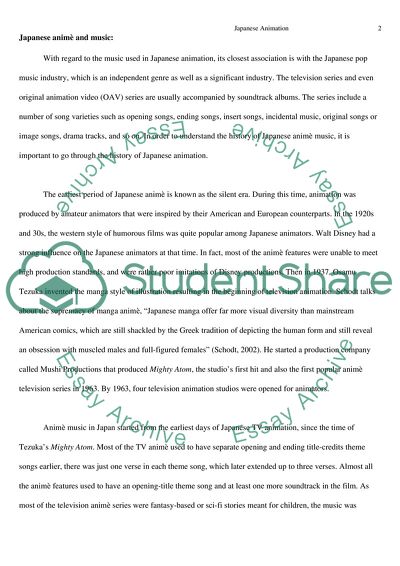Cite this document
(“Music in Japanese Animation Essay Example | Topics and Well Written Essays - 2000 words”, n.d.)
Music in Japanese Animation Essay Example | Topics and Well Written Essays - 2000 words. Retrieved from https://studentshare.org/music/1557808-music-in-japanese-animation
Music in Japanese Animation Essay Example | Topics and Well Written Essays - 2000 words. Retrieved from https://studentshare.org/music/1557808-music-in-japanese-animation
(Music in Japanese Animation Essay Example | Topics and Well Written Essays - 2000 Words)
Music in Japanese Animation Essay Example | Topics and Well Written Essays - 2000 Words. https://studentshare.org/music/1557808-music-in-japanese-animation.
Music in Japanese Animation Essay Example | Topics and Well Written Essays - 2000 Words. https://studentshare.org/music/1557808-music-in-japanese-animation.
“Music in Japanese Animation Essay Example | Topics and Well Written Essays - 2000 Words”, n.d. https://studentshare.org/music/1557808-music-in-japanese-animation.


